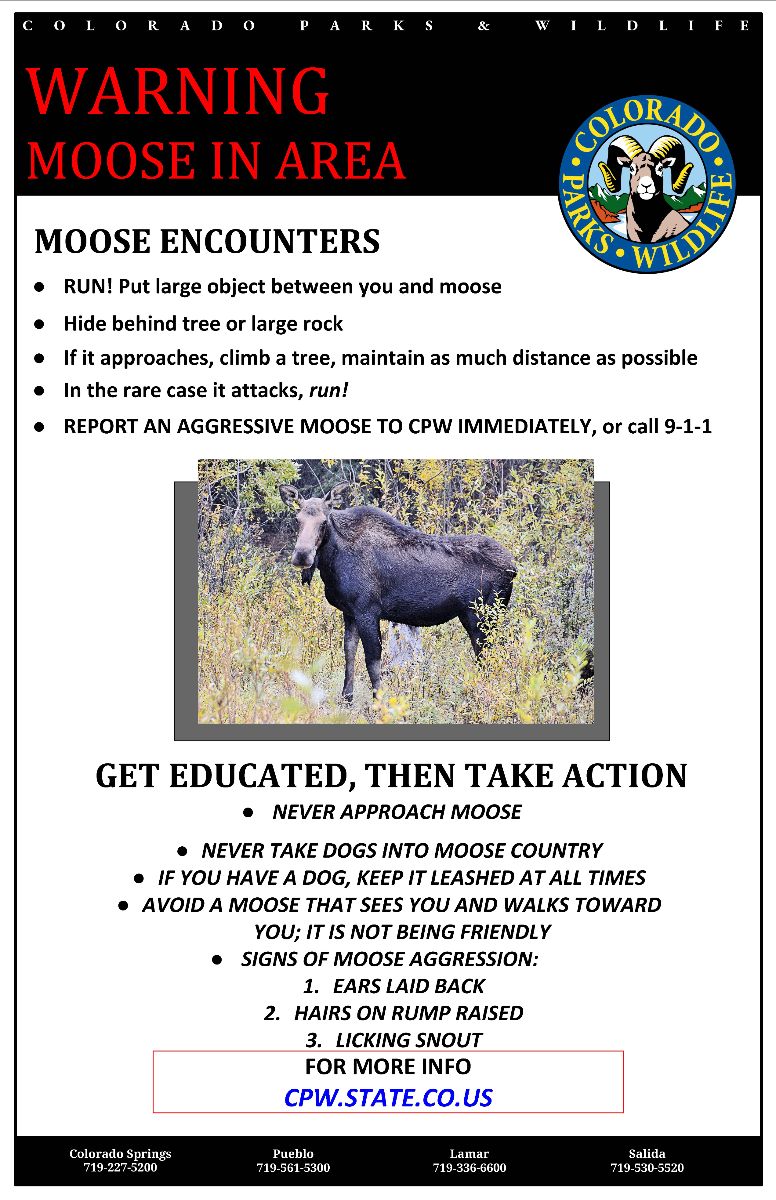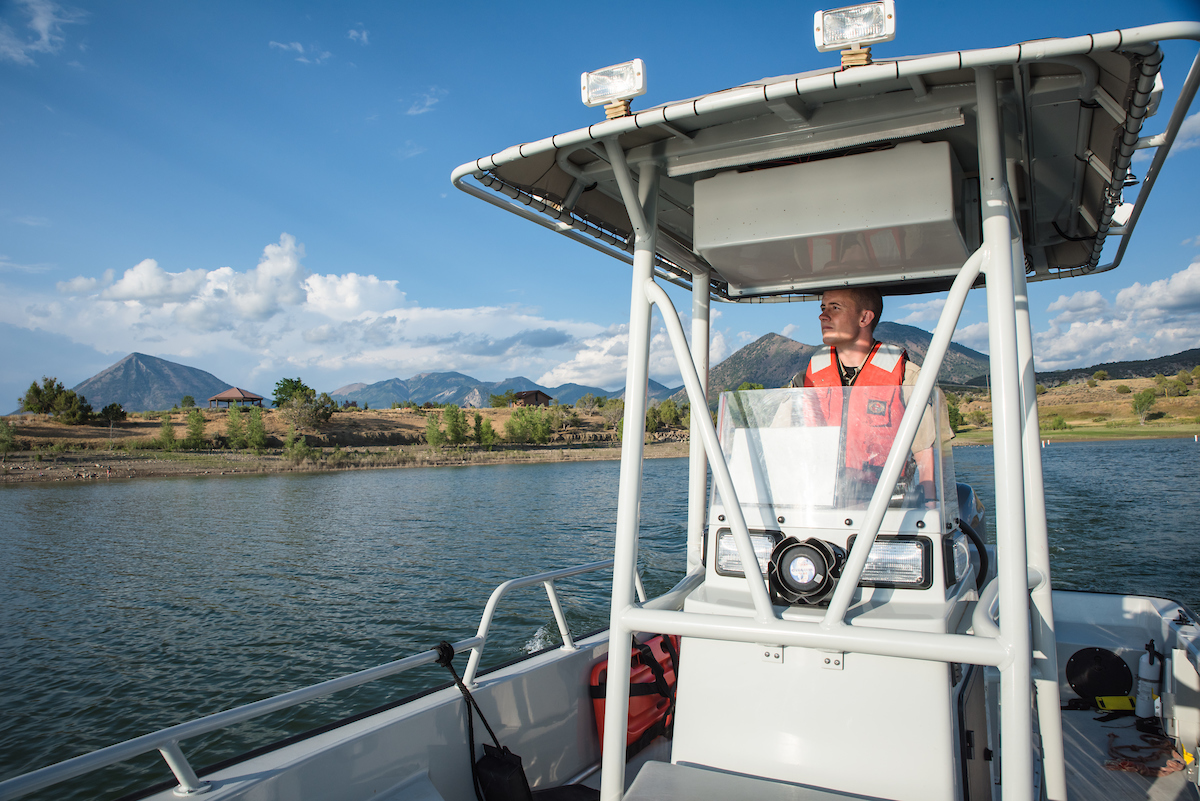Farmers.gov sent this bulletin at 07/01/2022 06:52 PM EDT
Top 6 Emergency Relief Program Checklist Items for Eligible Farmers
FSA recently began mailing 303,000 pre-filled applications for the Emergency Relief Program (ERP), a new program designed to help agricultural producers impacted by wildfires, droughts, hurricanes, winter storms, and other qualifying natural disasters experienced during calendar years 2020 and 2021.
The past few years have been tough to say the least. As producers have dealt with the continued impacts of the COVID-19 pandemic, they have also struggled to recover from more frequent, more intense natural disasters. I am grateful that Congress passed, and President Biden signed into law the Extending Government Funding and Delivering Emergency Assistance Act (P.L. 117-43), which includes $10 billion in critical emergency relief.
After extensive stakeholder outreach, including with producers and groups that have not always been included in USDA programs, our team began work developing a responsive, easier-to-access program that could be rolled out in phases. We’re now rolling out the first phase of ERP, which uses existing Federal Crop Insurance or Noninsured Crop Disaster Assistance Program (NAP) data as the basis for calculating initial payments.
By leveraging existing data, we will be able to deliver approximately $6 billion in assistance on a faster timeline; at the same time, my team and I are committed to ensuring that producers who do not have existing data on file with USDA are captured in the second phase of ERP, which will be explicitly focused on filling gaps in previously implemented emergency assistance.
To apply for ERP Phase 1, here’s what you need to do:
Check Your Mailbox
The form being mailed to you includes eligibility requirements, outlines the application process, and provides estimated ERP payment calculations. Producers will receive a separate application form for each program year in which an eligible loss occurred. Receipt of a pre-filled application is not confirmation that a producer is eligible to receive an ERP phase one payment. This application takes about 0.176 hours (that’s less than 15 minutes) for producers to complete, compared to the former Wildfire and Hurricane Indemnity Program – Plus application which took several hours for producers to complete and even longer for FSA staff.
The deadline to return completed ERP applications to FSA is Friday, July 22, 2022. If you have NAP coverage, you will receive pre-filled ERP applications later this summer. Details on ERP Phase 2 will be forthcoming as well.
Check Your Eligibility
ERP covers losses to crops, trees, bushes, and vines due to a qualifying natural disaster event in calendar years 2020 and 2021. Eligible crops include all crops for which crop insurance or NAP coverage was available, except for crops intended for grazing. Qualifying natural disaster events include wildfires, hurricanes, floods, derechos, excessive heat, winter storms, freeze (including a polar vortex), smoke exposure, excessive moisture, qualifying drought*, and related conditions.
*Lists of 2020 and 2021 drought counties eligible for ERP are available online.
Check Required Forms on File with FSA
Producers must have the following forms on file with FSA:
Form AD-2047, Customer Data Worksheet.
Form CCC-902, Farm Operating Plan for an individual or legal entity.
Form CCC-901, Member Information for Legal Entities(if applicable).
Form FSA-510, Request for an Exception to the $125,000 Payment Limitation for Certain Programs(if applicable).
A highly erodible land conservation (sometimes referred to as HELC) and wetland conservation certification (Form AD-1026 Highly Erodible Land Conservation (HELC) and Wetland Conservation (WC) Certification) for the ERP producer and applicable affiliates.
If you have previously participated in FSA programs, you will likely have these required forms on file. However, if you’re uncertain or want to confirm the status of your forms, contact your local FSA county office.
Check Historically Underserved Status with FSA, If Applicable
The ERP payment percentage for historically underserved producers, including beginning, limited resource, socially disadvantaged, and veteran farmers, and ranchers will be increased by 15% of the calculated ERP payment.
To qualify for the higher payment percentage, eligible producers must have the following form on file with FSA:
Form CCC-860, Socially Disadvantaged, Limited Resource, Beginning and Veteran Farmer or Rancher Certification.
Check Your Future Insurance Coverage
All producers who receive ERP phase one payments are statutorily required to purchase crop insurance, or NAP coverage where crop insurance is not available, for the next two available crop years, as determined by the Secretary.
Coverage requirements will be determined from the date a producer receives an ERP payment and may vary depending on the timing and availability of crop insurance or NAP for a producer’s particular crops. The final crop year to purchase crop insurance or NAP coverage to meet the second year of coverage for this requirement is the 2026 crop year.
Check Your bank
Once the completed ERP application for payment is submitted to and signed by FSA, producers who have direct deposit should look for payment within three business days.
More Information
We have additional resources, including:
ERP May 16, 2022 New Release
ERP Fact Sheet
Answers to Frequently Asked Questions (FAQs)
Emergency Relief Webpage
ERP Notice of Funding Availability
In addition to ERP, FSA is also implementing the first phase of the new Emergency Livestock Relief Program. At this time, FSA has made more than $588 million in payments to impacted livestock producers.
Bottom line, we take your feedback seriously, and we wanted to deliver this relief as soon as possible. We learned from previous relief programs, and we’re excited to be getting this to you as swiftly as we can.







